ABOUT THE PROJECT
Shaping Patterns is an international cooperation project. Read about the aim and motivation of the project below.
WHAT DO WE WANT TO ACHIEVE?
The partners of Shaping Patterns are looking for new ways to promote and qualify professional collaborations between the two sectors: primary education and art & culture . We want to develop new approaches to and key competences in education for sustainable development, including environmental protection and fight against climate change.
We want to empower children to question and relate to the world of tomorrow through creative, experimental, and innovative approaches. And we want to provide a space for the children to develop their findings and achievements into collective ‘art & sustainability interventions’ that involve a public audience.
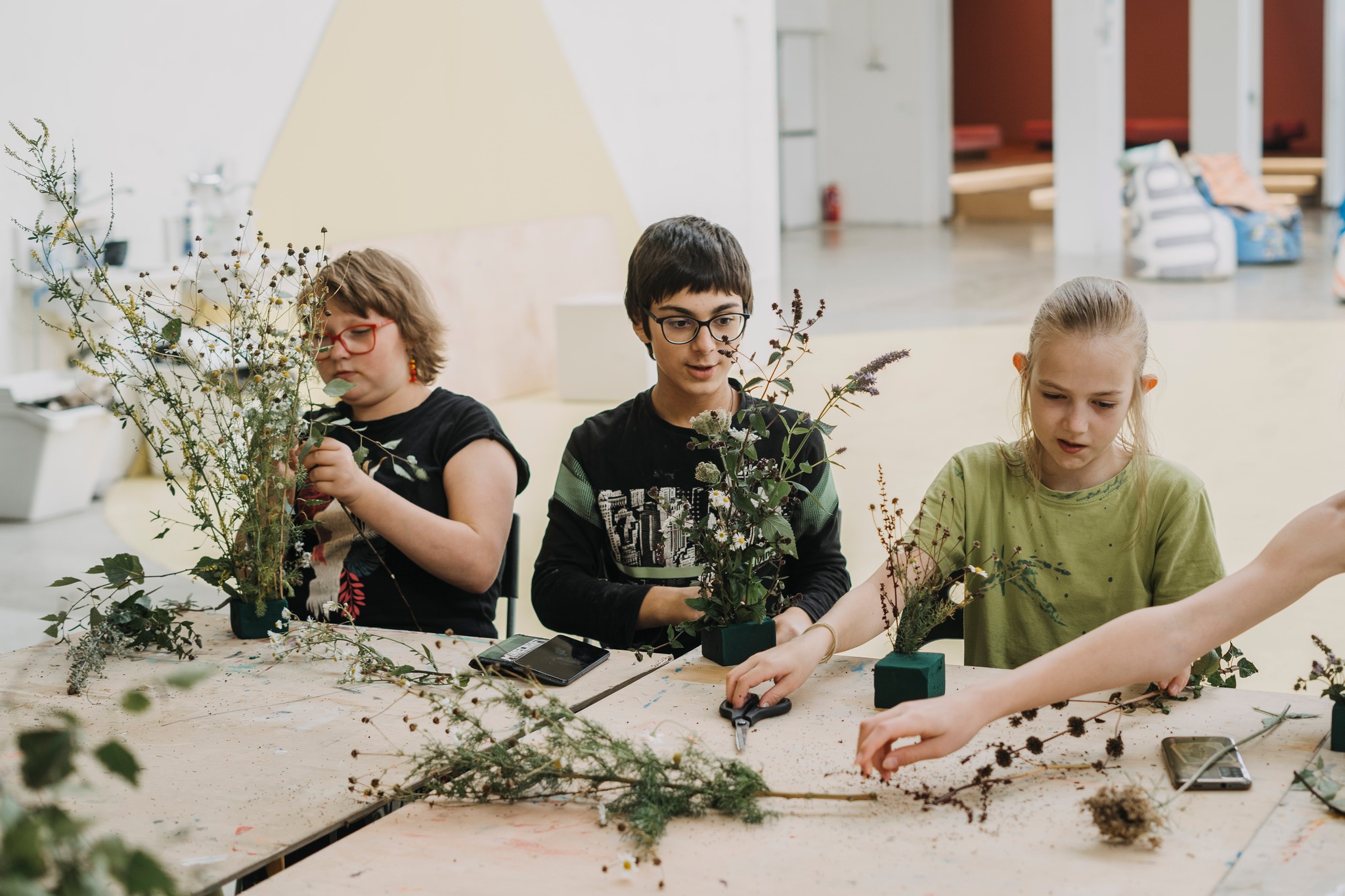
WHAT DO WE WANT TO ACHIEVE?
The partners of Shaping Patterns are looking for new ways to promote and qualify professional collaborations between the two sectors: primary education and art & culture . We want to develop new approaches to and key competences in education for sustainable development, including environmental protection and fight against climate change.
We want to empower children to question and relate to the world of tomorrow through creative, experimental, and innovative approaches. And we want to provide a space for the children to develop their findings and achievements into collective ‘art & sustainability interventions’ that involve a public audience.

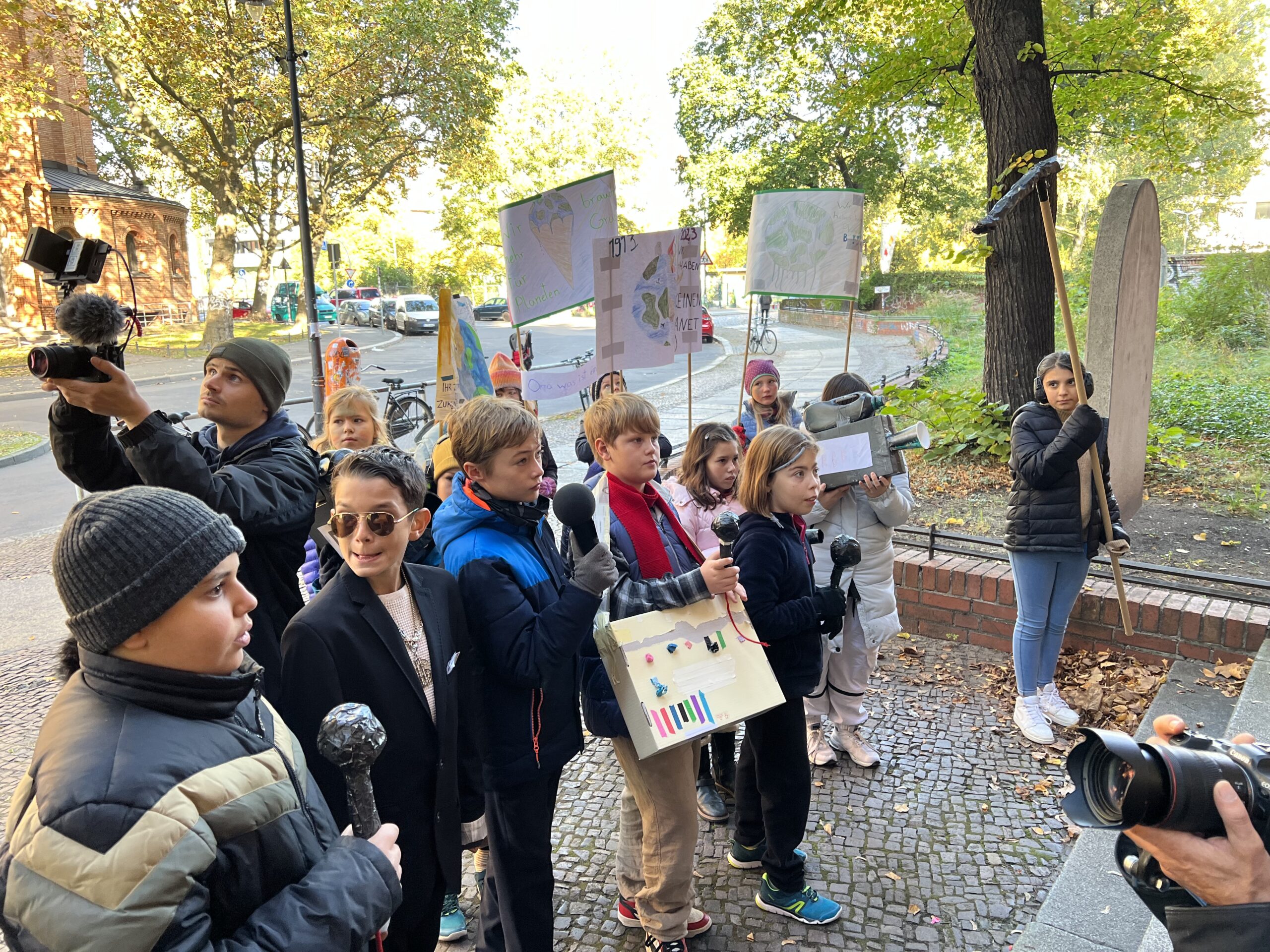
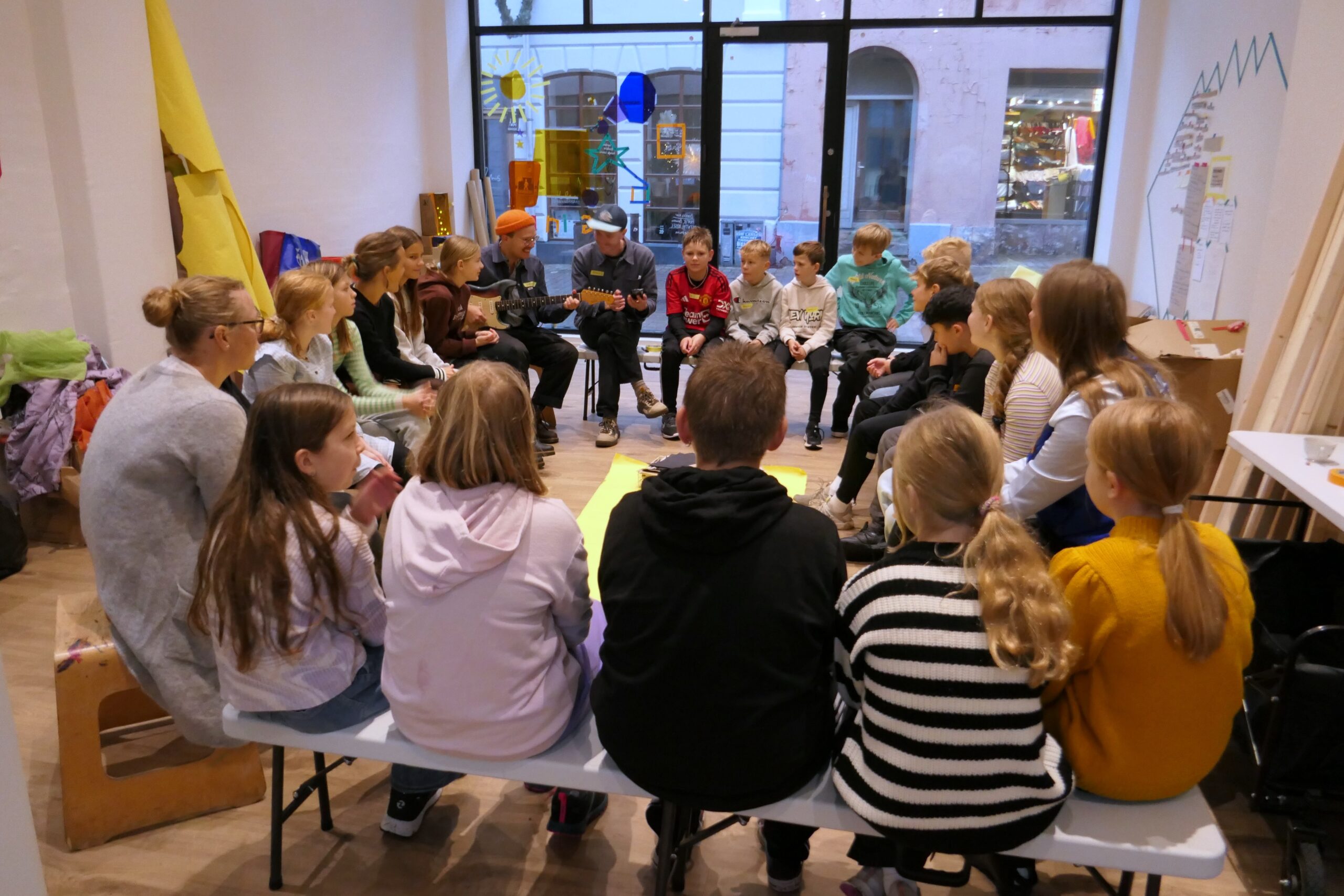
WHAT IS THE WORLD CALLING FOR?
Involvement is the key word of the project and crucial for the implementation of the planned activities from the beginning to the end. It is based on the belief that the urgent need for global changes requires engagement, innovations, and new attitudes and ways of thinking. Climate change and the need for green solutions are high on the world agenda, and we know they rely on great systematic solutions which can seem overwhelming and out of our hands. However, the problems of today are not only physical and manageable by technical means. It is also about how we think, our mindset, habits, and patterns. It is about our attitude towards the world and the awareness of how everything is connected. This is also the underlying premise of the UN’s 17 Development Goals – the great solutions depend on both environmental, economic, and social aspects. Basically, the world goals are about how we choose to live our lives, and how we relate to and take care of people and nature.
From this perspective, educating for sustainability is complex and cannot only be taught as “true facts” about the world. However, it is becoming more and more present in curricula at all educational levels to include sustainable perspectives in relevant subjects. In the context of primary education, research and experience show that teachers are specifically looking for new competences in establishing learning environments that engage school children in sustainable development. They are looking for new ways to stimulate the children’s curiosity, critical thinking, and innovativeness. It is essential that children understand the complexity of sustainability, and that it is not about living or thinking in the right or wrong way. It is about how we as global citizens have the rights to question and think freely, and the responsibilities to develop our attitudes towards the world of today, and to act on these.
The Shaping Patterns project is addressing these educational needs by offering new methods of integrating art and culturebased strategies in education for sustainability in primary schools.


WHAT IS THE WORLD CALLING FOR?
Involvement is the key word of the project and crucial for the implementation of the planned activities from the beginning to the end. It is based on the belief that the urgent need for global changes requires engagement, innovations, and new attitudes and ways of thinking.
Climate change and the need for green solutions are high on the world agenda, and we know they rely on great systematic solutions which can seem overwhelming and out of our hands. However, the problems of today are not only physical and manageable by technical means. It is also about how we think, our mindset, habits, and patterns. It is about our attitude towards the world and the awareness of how everything is connected. This is also the underlying premise of the UN’s 17 Development Goals – the great solutions depend on both environmental, economic, and social aspects. Basically, the world goals are about how we choose to live our lives, and how we relate to and take care of people and nature.
From this perspective, educating for sustainability is complex and cannot only be taught as “true facts” about the world. However, it is becoming more and more present in curricula at all educational levels to include sustainable perspectives in relevant subjects. In the context of primary education, research and experience show that teachers are specifically looking for new competences in establishing learning environments that engage school children in sustainable development. They are looking for new ways to stimulate the children’s curiosity, critical thinking, and innovativeness. It is essential that children understand the complexity of sustainability, and that it is not about living or thinking in the right or wrong way. It is about how we as global citizens have the rights to question and think freely, and the responsibilities to develop our attitudes towards the world of today, and to act on these.
The Shaping Patterns project is addressing these educational needs by offering new methods of integrating art and culturebased strategies in education for sustainability in primary schools.
HOW DO WE DO IT? AND WHY ART?
In a time of world pandemics, escalating wars, life-threatening climate changes and increasing inequality, it is a challenge to educate for a sustainable future. We are all worried about tomorrow and the enormous problems facing our time. We know we live in extraordinary times, and it seems overwhelming to realize what the world is calling for. Many of us are asking ourselves how we involve the new generations in the times ahead. How do we meet their questions? How can we support their imaginations, dreams, and innovativeness? How do we give them hope and responsibilities as active global citizens? And how can we make them believe that their actions can make a difference?
These questions are the focal point of the Shaping Patterns project. We are addressing the educational challenges, as well as unique opportunities, of involving children in present-day agendas and initiatives that pave the way for better and balanced lives for all. The project has a cross-sectoral approach to education for sustainability by bringing together the two sectors, primary education and art & culture, in the development of interdisciplinary methods of involvement.
We project partners are all rooted in art and culture with a special attention to engaging and involving children, families, kindergartens, and schools. We have extensive experience in collaborating with the educational sector, including early childhood and primary education. Four of us are public cultural institutions with programmes that invites kindergartens and schools to participate in art exhibitions and events, as well as specially arranged programmes that reach out to the kindergartens and schools and bring art into the everyday lives of the children.
We are all engaged in the unique potentials of using art-based strategies to provide an environment for children’s free expression and open-end learning. Art (in all its genres) can provide a room for creating new perspectives on how we see and understand the world. It can challenge habitual thinking, create an atmosphere where nothing is right or wrong, and allow us to be curious, follow our own motives, and imagine things that has not yet been created. These perspectives support the solid research that connects art practice and experience with the development of basic skills, such as critical thinking, creativity, problem solving, and emotional and social intelligence.
In the perspective of educating for sustainability, we want to develop concrete methods and tools that can support primary teachers in developing learning environments for questioning, imagining, and creating new ideas for the world of tomorrow. Thus, the overall premise is that art and culture can play a central role in developing new patterns, mindsets, and attitudes.
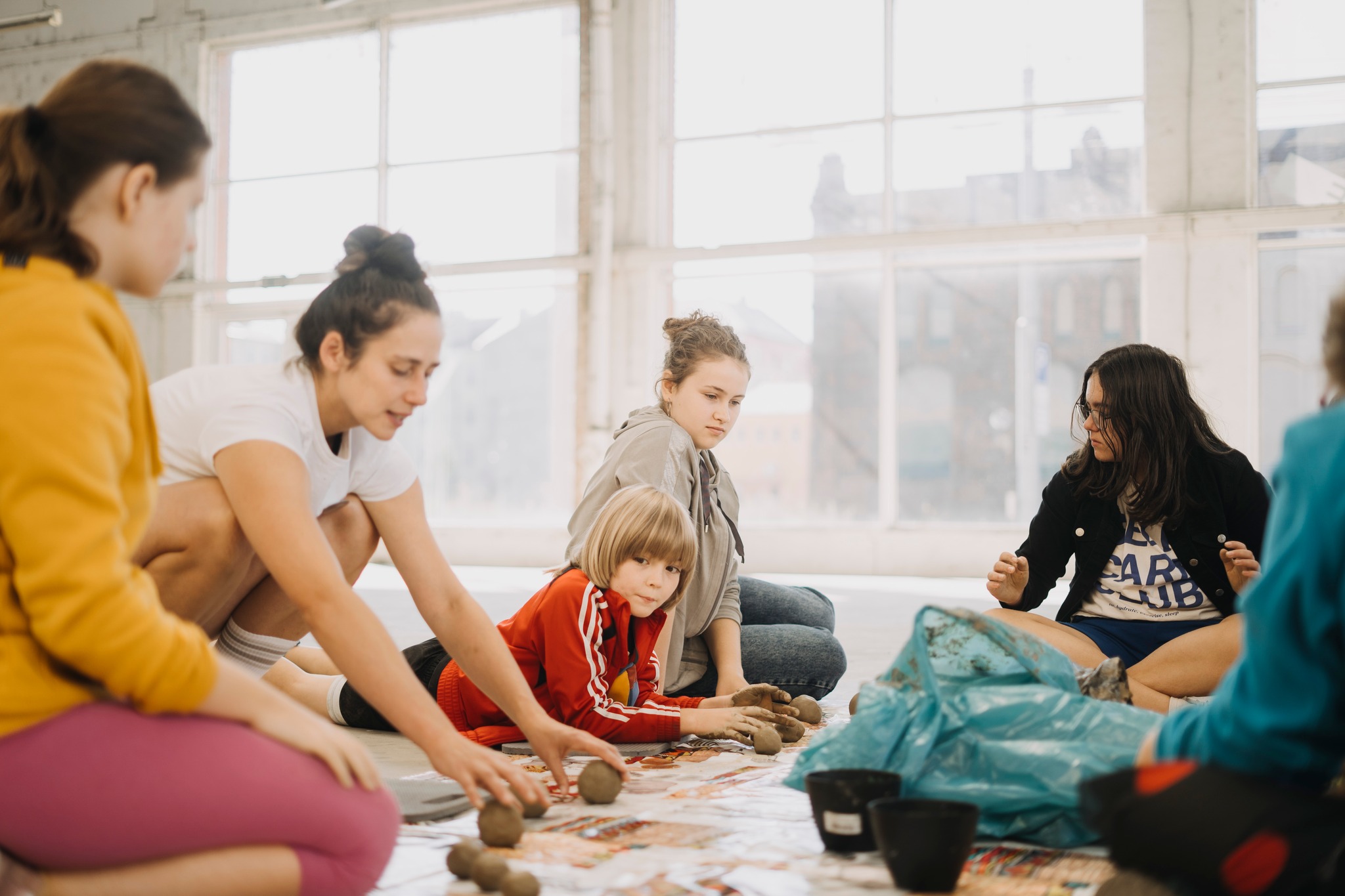
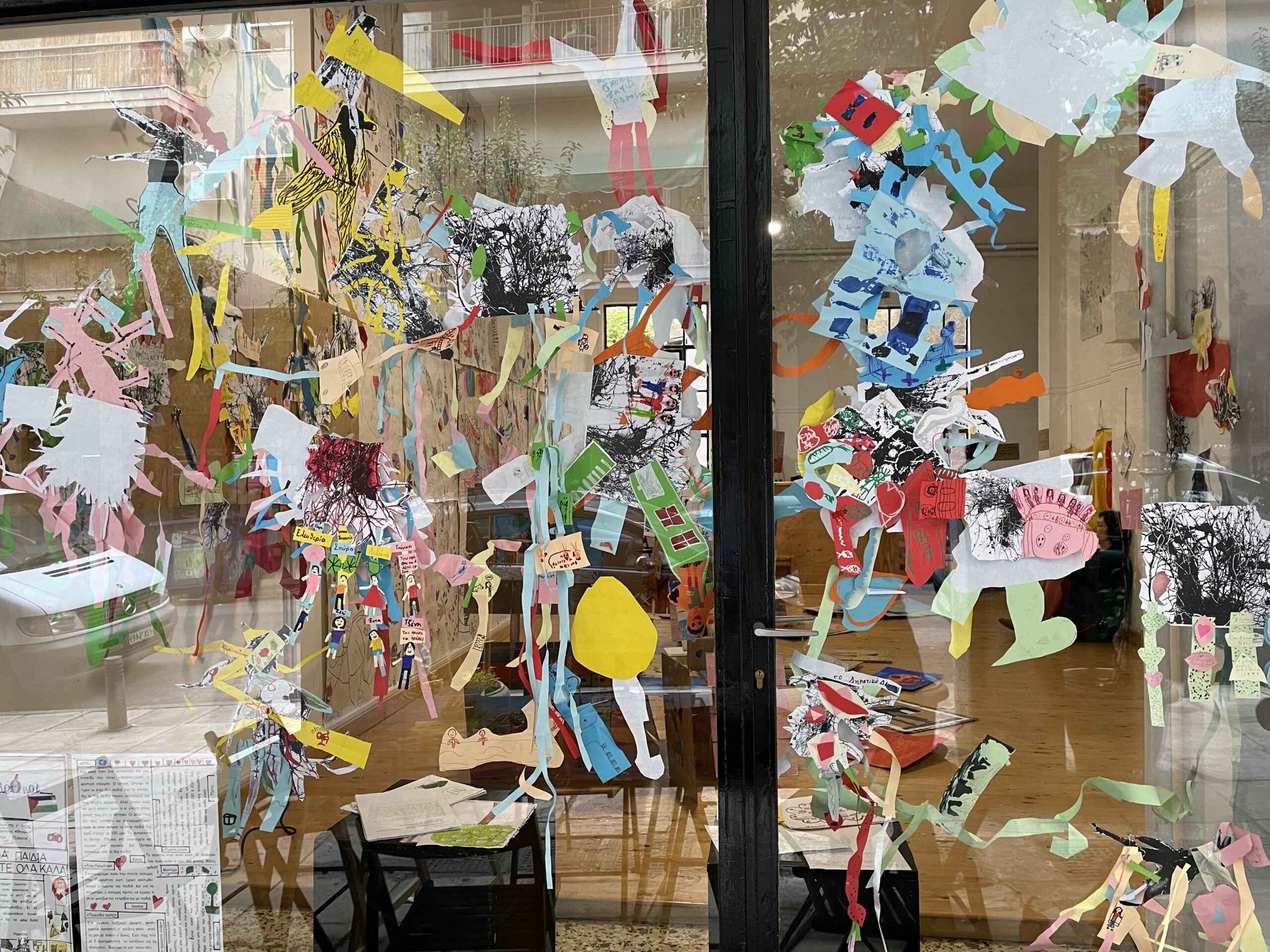

HOW DO WE DO IT? AND WHY ART?
In a time of world pandemics, escalating wars, life-threatening climate changes and increasing inequality, it is a challenge to educate for a sustainable future.
We are all worried about tomorrow and the enormous problems facing our time. We know we live in extraordinary times, and it seems overwhelming to realize what the world is calling for. Many of us are asking ourselves how we involve the new generations in the times ahead. How do we meet their questions? How can we support their imaginations, dreams, and innovativeness? How do we give them hope and responsibilities as active global citizens? And how can we make them believe that their actions can make a difference?
These questions are the focal point of the Shaping Patterns project. We are addressing the educational challenges, as well as unique opportunities, of involving children in present-day agendas and initiatives that pave the way for better and balanced lives for all. The project has a cross-sectoral approach to education for sustainability by bringing together the two sectors, primary education and art & culture, in the development of interdisciplinary methods of involvement.
We project partners are all rooted in art and culture with a special attention to engaging and involving children, families, kindergartens, and schools. We have extensive experience in collaborating with the educational sector, including early childhood and primary education. Four of us are public cultural institutions with programmes that invites kindergartens and schools to participate in art exhibitions and events, as well as specially arranged programmes that reach out to the kindergartens and schools and bring art into the everyday lives of the children.
We are all engaged in the unique potentials of using art-based strategies to provide an environment for children’s free expression and open-end learning. Art (in all its genres) can provide a room for creating new perspectives on how we see and understand the world. It can challenge habitual thinking, create an atmosphere where nothing is right or wrong, and allow us to be curious, follow our own motives, and imagine things that has not yet been created. These perspectives support the solid research that connects art practice and experience with the development of basic skills, such as critical thinking, creativity, problem solving, and emotional and social intelligence.
In the perspective of educating for sustainability, we want to develop concrete methods and tools that can support primary teachers in developing learning environments for questioning, imagining, and creating new ideas for the world of tomorrow. Thus, the overall premise is that art and culture can play a central role in developing new patterns, mindsets, and attitudes.



